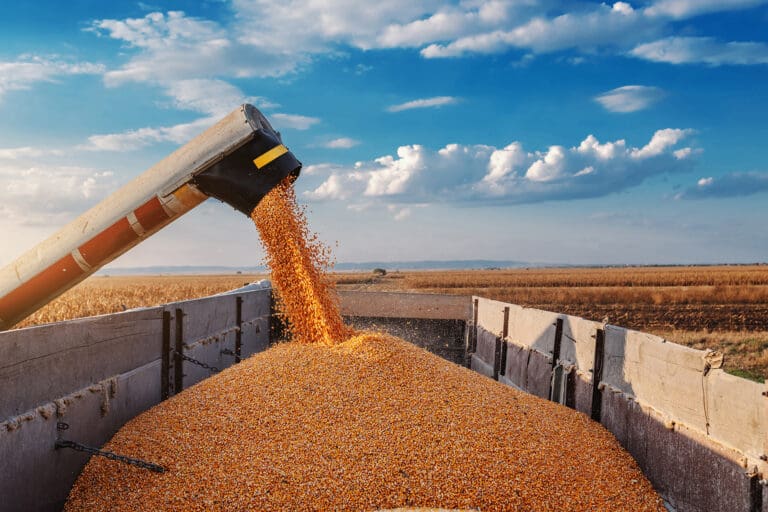Aluminum prices continue to recover in September
Aluminum LME 3m prices declined by 1.7% m-o-m in August, however, prices increased in the second half of August and prices continued to rise in the first half of September. Rising production costs contributed to the price recovery.
Raw materials for aluminum production rose in price. LME alumina 3m futures prices rose by 2% m-o-m in August. Based on the daily trend, at the end of August, prices had already surpassed the previous high in June. The consumption of alumina is growing dynamically as global aluminum production in July increased by 4% m-o-m and 2% y-o-y. The growth was mainly driven by China and other Asian countries. Cumulatively, for the first seven months of 2024, global aluminum production grew by 4% y-o-y, and Chinese production by 5% y-o-y. Alumina prices at LME continued to rise in the first half of September.
Also, electricity price growth in Europe and the US follows a 22% m-o-m increase in natural gas prices in Europe in August. The Electricity Index Europe price increased by 23% m-o-m in August; US industrial electricity prices rose by 3% m-o-m in August. This was reflected in elevated costs of aluminum production.
Market sources are uncertain about the direction of aluminum prices due to the high level of volatility seen currently. LME aluminum prices were firm at the end of August, but demand is moderate, and market sources do not expect consumers to increase demand significantly. Therefore, market players do not see any prospects for further price increases, but also do not see any opportunities to reduce prices due to high production costs.
Demand for aluminum cans in the EU decreased significantly in August, so prices for aluminum cans from stock fell by 4% m-o-m in August. A similar situation was observed in the aluminum foil segment where prices fell by 3% m-o-m in August. In the US, demand for aluminum products was also weak in August, so prices for aluminum cans decreased by 1.4% m-o-m and aluminum foil by 3% m-o-m.
Headline inflation continues to fall in the US and Europe, while China emerges from deflation
Inflation in the US was 2.5% y-o-y in August, down from 2.9% y-o-y in July. The headline result was below market expectations of 2.6%. Annualized food inflation decelerated to 2.1%, down from 2.2% in June and July. The transportation index also declined to 7.9% y-o-y, down from 8.8% y-o-y in July. The energy subindex was in deflation at -4.0%, as the impact of relatively lower price levels in the oil and gas markets brought prices down for consumers. In line with continued falls in headline inflation, the Federal Reserve cut interest rates by 50 basis points (bps), more than the 25 bps that had been expected.
Inflation in the Eurozone was 2.2% y-o-y in August, down from 2.6% in July. The deceleration was fueled by a 1.1% m-o-m fall in energy inflation, resulting in an annualized reading of -3.0%. Services inflation, an important metric for the region, rose to 4.1% y-o-y in August, up from 4.0% in July. According to market sources, the continued fall in headline inflation towards the 2.0% level will provide further impetus for the Federal Reserve to make more interest rate cuts in the coming months.
The consumer price index in China was 0.6% y-o-y in August, up from 0.5% y-o-y in July, marking the seventh consecutive month of inflation after a period of deflation. The reading fell short of expectations of 0.7%. Annualized food inflation was 2.8%, unchanged from July, supported by hot weather and flooding that negatively impacted crop growth. However, the producer price index (PPI) was -1.8% y-o-y, down from -0.8% y-o-y in July, with sources consequently warning of deceleration in consumer price inflation in the coming months.
Want to dig into further insights? Discover more on our insights page.



